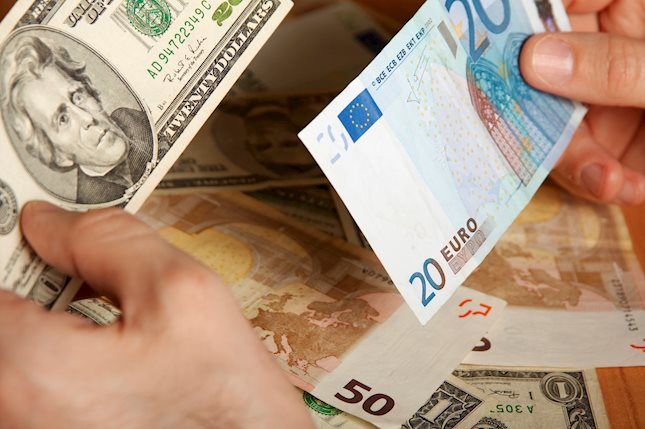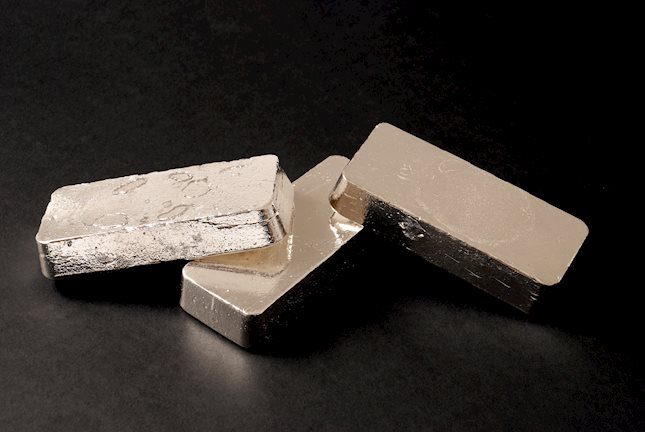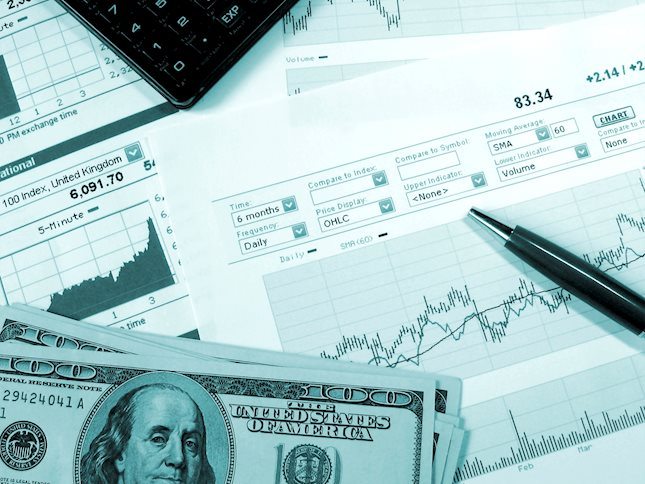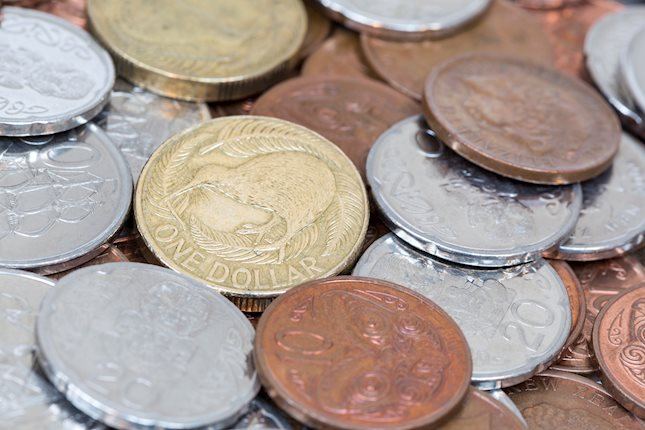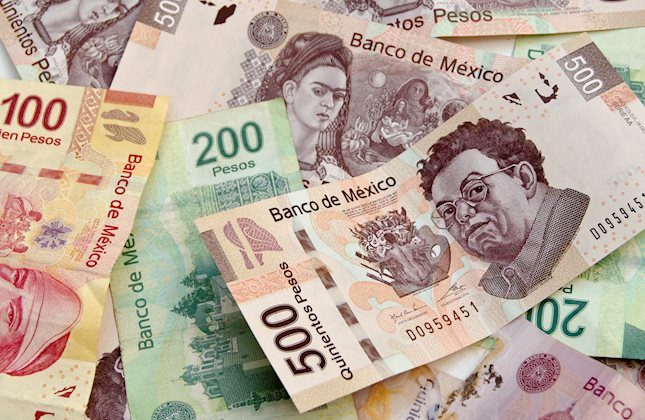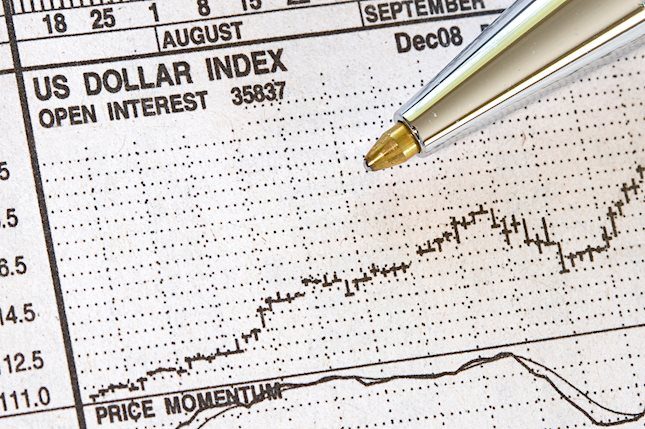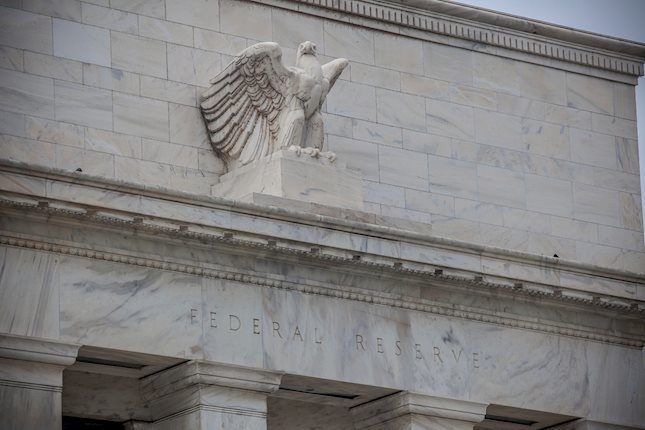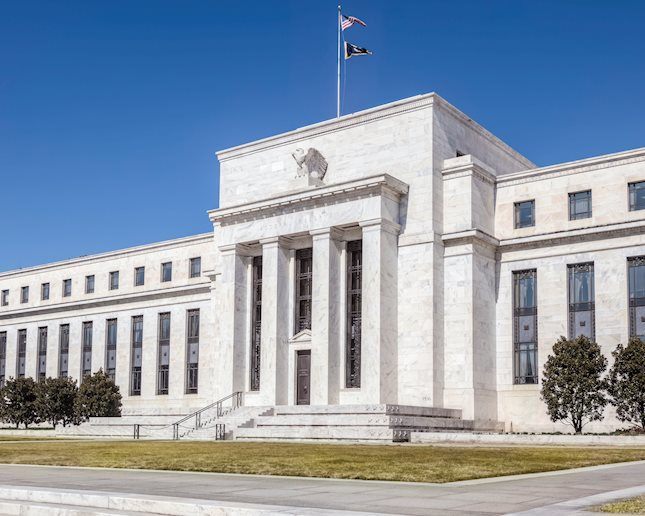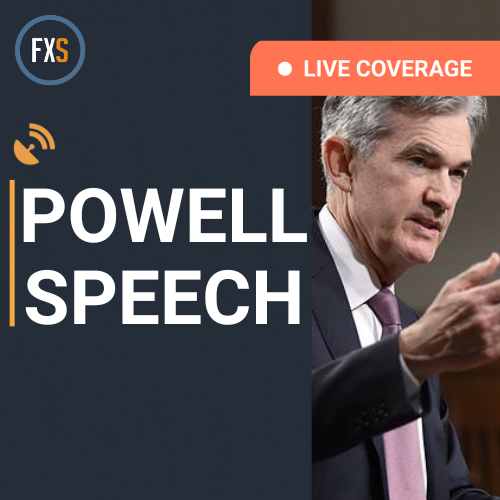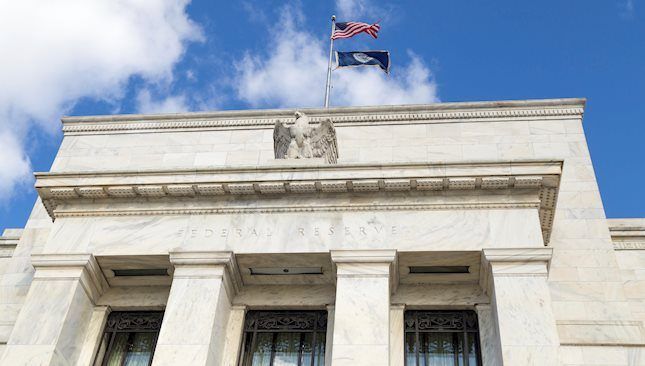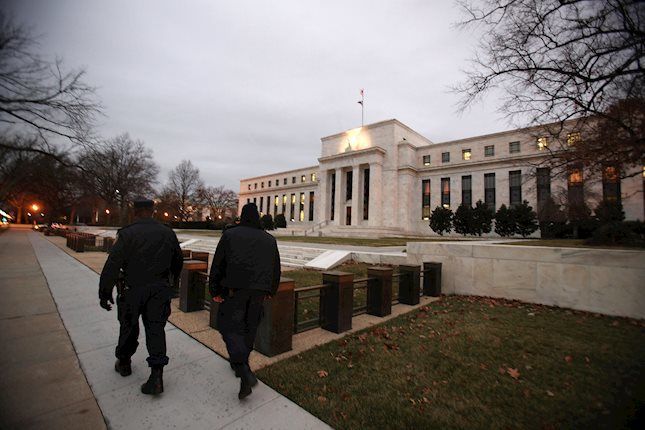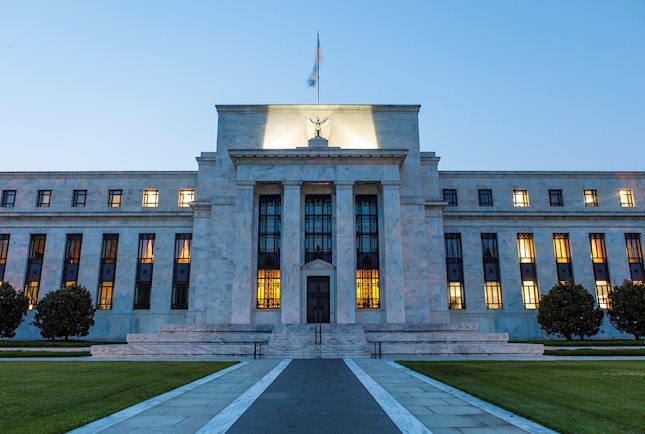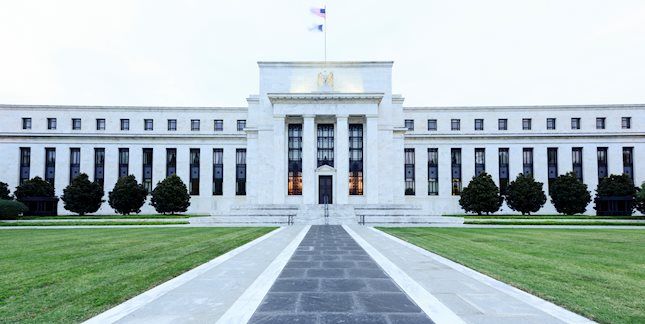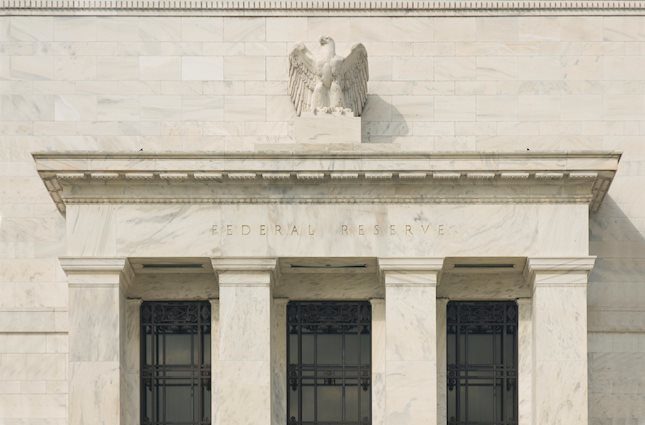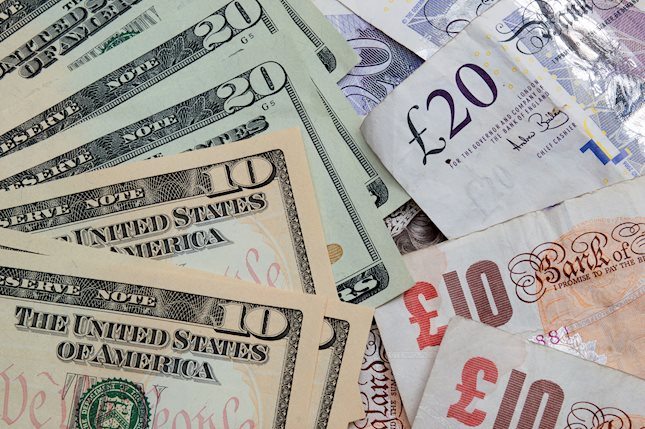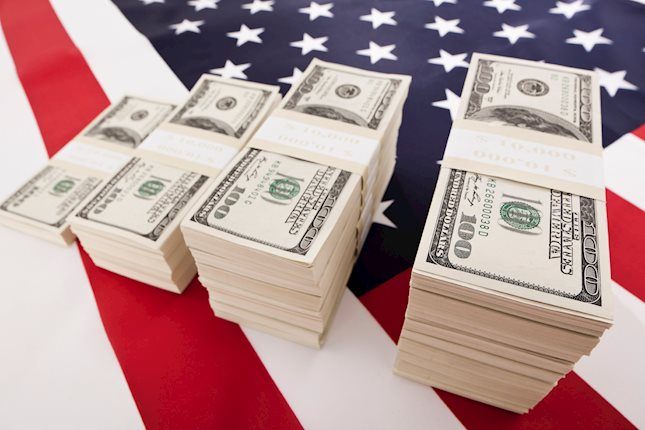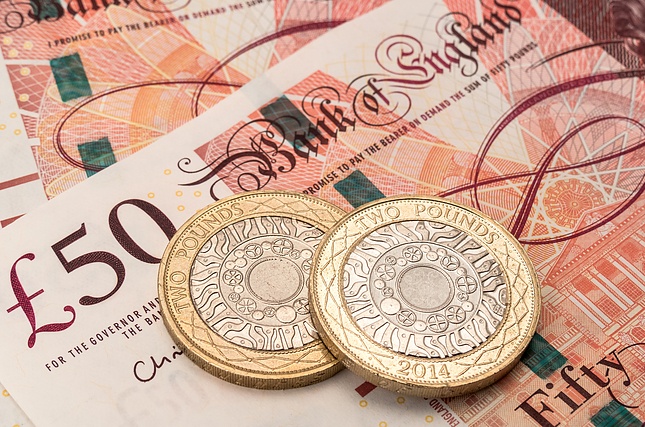Risk-aversion grips financial markets after Israeli missiles strike a site in Iran
Risk-aversion is in full swing across the financial markets after ABC News confirmed reports, citing a US official, that Israeli missiles struck a site in Iran, leading to further escalation in the Middle East geopolitical tensions.
Reuters reported, citing Iran’s Fars News Agency, that locals heard explosions in central Isfahan airport; although the reason for the explosions is unknown.
"The cause of these sounds is still unknown, and investigations continue until the exact details of the incident are determined," the semi-official Fars news agency said.
Earlier, reports came in, citing that a radar battalion hit in Syria near the city of Izraa. Another chatter was that there were 'explosions' near the city of Isfahan in central Iran. Finally, speculations over warplane activity across parts of Iraq hit wires.
On Thursday, Iranian Foreign Minister Hossein Amir-Abdollahian warned in an exclusive CNN interview that “in case the Israeli regime embarks on adventurism again and takes action against the interests of Iran, the next response from us will be immediate and at a maximum level.”
Meanwhile, Bloomberg reported on Thursday, citing sources, “Israeli officials notified the US earlier today they planned to retaliate in the next 24-48 hours.”
On Friday, Sky News Arabia cited a spokesman from the Iranian Space Agency, responding to the Israeli that “everything that happened was a failed and humiliating attempt for Israeli aviation.”
Markets are concerned about a further escalation in clashes across Israel's northern border, especially amidst the ongoing tensions in Gaza.
Market reaction
The risk barometer, S&P 500 futures, slide 1.25% while the ultimate safe-haven – Gold price jump back toward record highs of $2,432. The US Dollar Index sits at intraday highs near 106.30.
WTI, the US oil, jumps over 3% to near $85 on Middle East war fears.
US Dollar price today
The table below shows the percentage change of US Dollar (USD) against listed major currencies today. US Dollar was the strongest against the New Zealand Dollar.
| USD | EUR | GBP | CAD | AUD | JPY | NZD | CHF | |
| USD | 0.12% | 0.18% | 0.12% | 0.37% | -0.13% | 0.43% | -0.39% | |
| EUR | -0.12% | 0.07% | 0.00% | 0.26% | -0.24% | 0.32% | -0.48% | |
| GBP | -0.18% | -0.06% | -0.06% | 0.19% | -0.30% | 0.25% | -0.55% | |
| CAD | -0.12% | 0.00% | 0.05% | 0.25% | -0.24% | 0.31% | -0.49% | |
| AUD | -0.37% | -0.25% | -0.19% | -0.25% | -0.49% | 0.06% | -0.76% | |
| JPY | 0.12% | 0.26% | 0.29% | 0.24% | 0.50% | 0.55% | -0.25% | |
| NZD | -0.39% | -0.27% | -0.21% | -0.27% | -0.02% | -0.52% | -0.75% | |
| CHF | 0.36% | 0.48% | 0.54% | 0.48% | 0.73% | 0.26% | 0.79% |
The heat map shows percentage changes of major currencies against each other. The base currency is picked from the left column, while the quote currency is picked from the top row. For example, if you pick the Euro from the left column and move along the horizontal line to the Japanese Yen, the percentage change displayed in the box will represent EUR (base)/JPY (quote).
Risk sentiment FAQs
In the world of financial jargon the two widely used terms “risk-on” and “risk off'' refer to the level of risk that investors are willing to stomach during the period referenced. In a “risk-on” market, investors are optimistic about the future and more willing to buy risky assets. In a “risk-off” market investors start to ‘play it safe’ because they are worried about the future, and therefore buy less risky assets that are more certain of bringing a return, even if it is relatively modest.
Typically, during periods of “risk-on”, stock markets will rise, most commodities – except Gold – will also gain in value, since they benefit from a positive growth outlook. The currencies of nations that are heavy commodity exporters strengthen because of increased demand, and Cryptocurrencies rise. In a “risk-off” market, Bonds go up – especially major government Bonds – Gold shines, and safe-haven currencies such as the Japanese Yen, Swiss Franc and US Dollar all benefit.
The Australian Dollar (AUD), the Canadian Dollar (CAD), the New Zealand Dollar (NZD) and minor FX like the Ruble (RUB) and the South African Rand (ZAR), all tend to rise in markets that are “risk-on”. This is because the economies of these currencies are heavily reliant on commodity exports for growth, and commodities tend to rise in price during risk-on periods. This is because investors foresee greater demand for raw materials in the future due to heightened economic activity.
The major currencies that tend to rise during periods of “risk-off” are the US Dollar (USD), the Japanese Yen (JPY) and the Swiss Franc (CHF). The US Dollar, because it is the world’s reserve currency, and because in times of crisis investors buy US government debt, which is seen as safe because the largest economy in the world is unlikely to default. The Yen, from increased demand for Japanese government bonds, because a high proportion are held by domestic investors who are unlikely to dump them – even in a crisis. The Swiss Franc, because strict Swiss banking laws offer investors enhanced capital protection.
Forex News
Keep up with the financial markets, know what's happening and what is affecting the markets with our latest market updates. Analyze market movers, trends and build your trading strategies accordingly.

